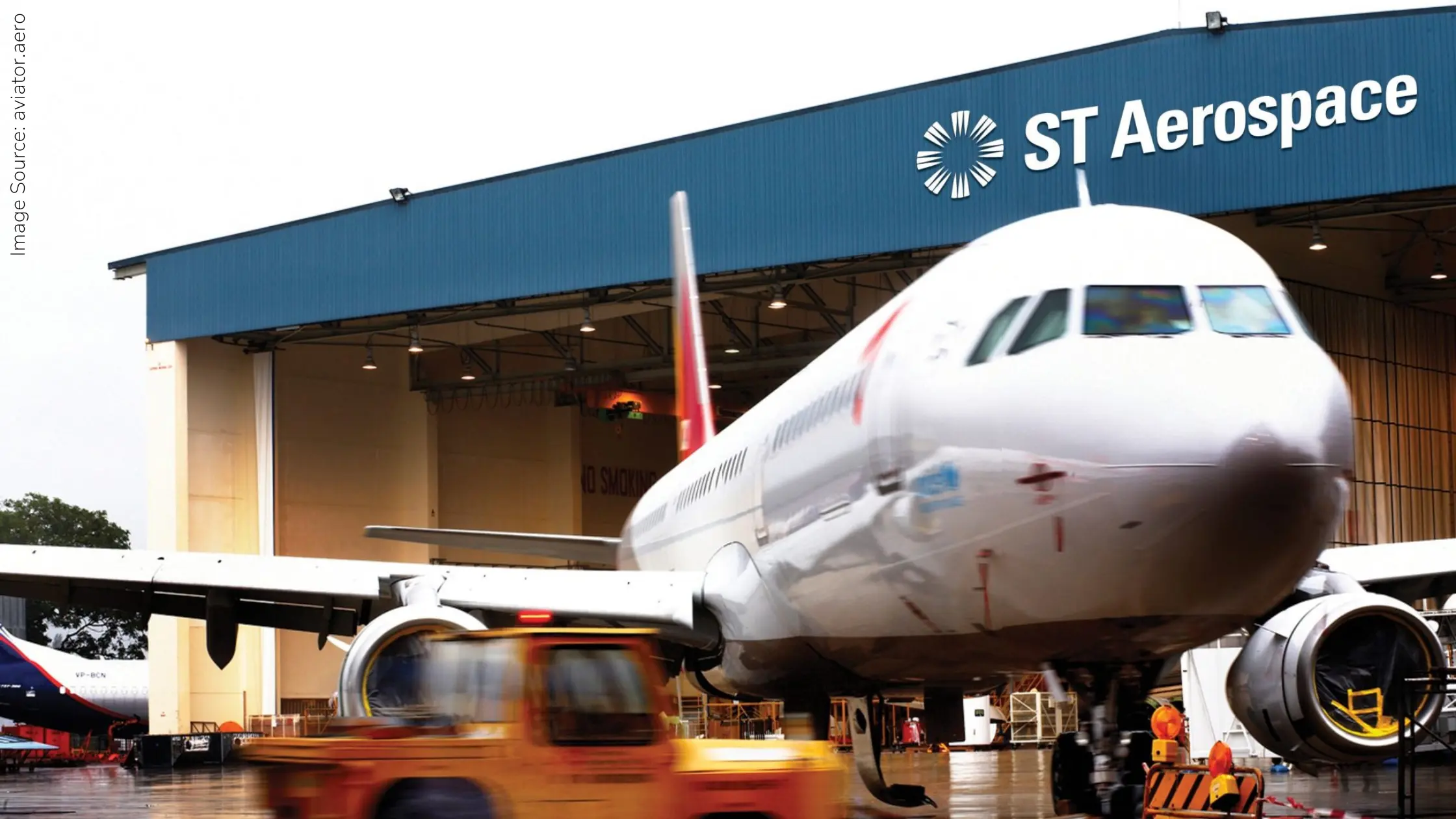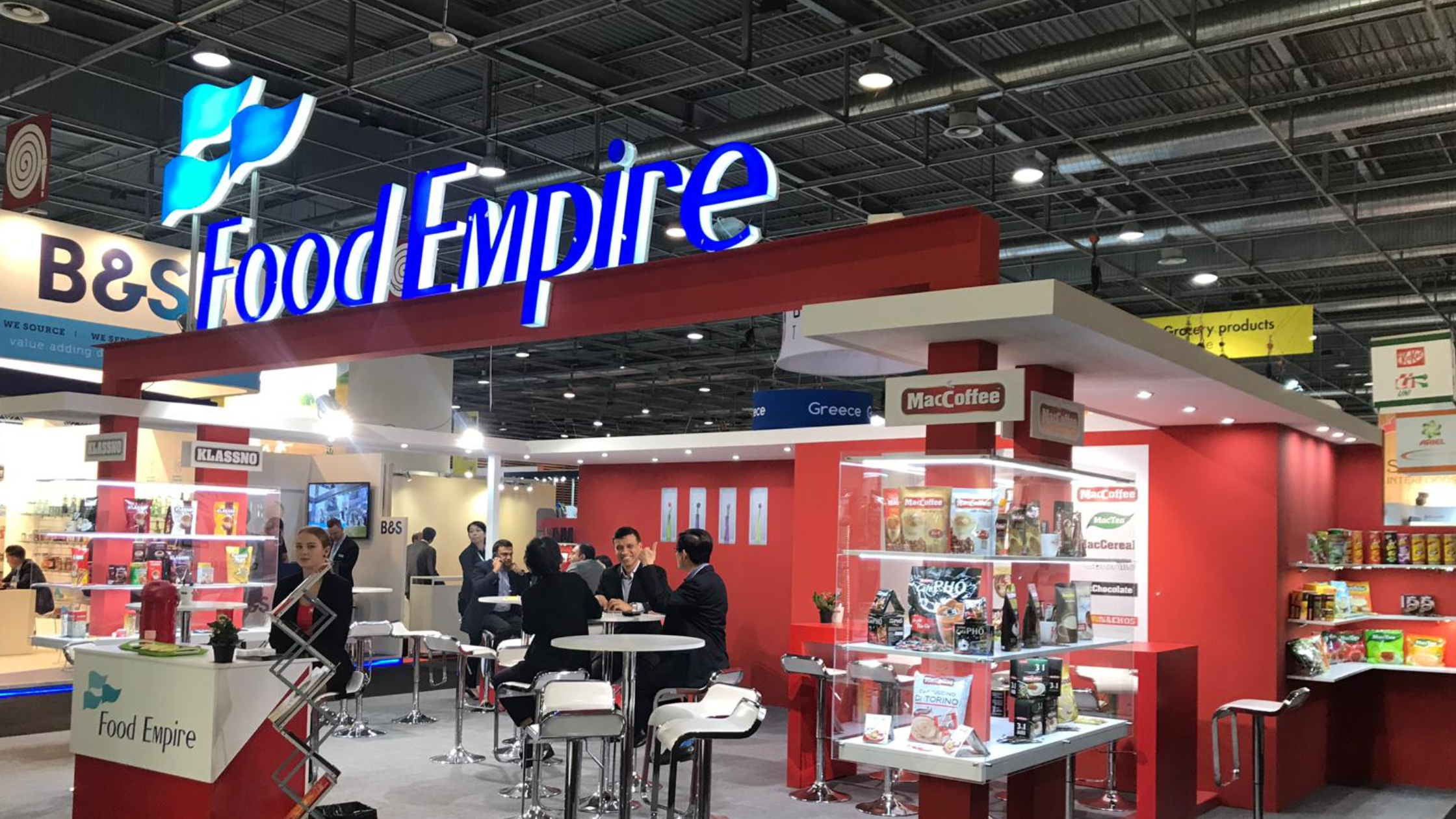Aircraft maintenance, repair and overhaul (MRO) services provider, SIA Engineering Company Ltd (SGX: S59) has reported net profit of S$12.8 million for the Q3 FY2023, 61.4% decrease from the net profit of S$33.2 million reported a year ago.
SIA Engineering Company Ltd or SIAEC could have seen an improved performance excluding the wage support and one-time write-back of tax provision.
For 9MFY2023, SIAEC’s net profit was down by 22.2% year-on-year (yoy) to S$45.3 million.
The financial performance for the quarter was a disappointment and missed analysts’ expectations.
For investors who are interested in SIAEC, here are 3 key takeaways from the latest financial results.
1. Stronger operational performance
The number of flights handled in the quarter by the line maintenance unit at Singapore’s Changi Airport was 71% of pre-pandemic volume.
While this remained below the pre-COVID level, it was doubled from the same quarter a year ago.
Work demand for its other business units also gradually picked up as the aviation industry continued to recover.
According to the latest December data reported by Changi Airport Group, the total number of flights handled have already recovered to around 76% of pre-COVID levels.
This points to a sustained recovery of the aviation industry, which supports business workload for SIAEC.
In fact, for base maintenance, the work content of aircraft checks was heavier and more checks were completed during the quarter. Inductions at the engine and component shops have also trended higher.
Despite the stronger operational performance, operational loss stood at S$12.5 million, worse than the S$7.8 million recorded in the previous year’s corresponding quarter, mainly due to the absence of wage support.
This is the first quarter that SIAEC did not receive wage support since the pandemic.
2. Labour cost dragged on recovery
During the quarter, the Group’s expenditure rose at a higher rate of 49.3% to S$220.6 million, mainly due to the absence of wage support.
However, even excluding the impact of wage support, expenditure increase was at 35.5%, contributed mainly by the increase in manpower costs.
The rising labour costs were largely due to increase in headcount, cessation of manpower cost mitigation measures and increments.
3. Reopening of China is positive for a full recovery of aviation industry
With China’s full reopening in January this year, SIAEC will benefit from the faster recovery of the aviation industry, which will support the volume recovery for MRO.
However, as seen from the quarter, the rising labour costs and structural labour shortages in the aviation MRO industry could be a concern in the near-term.
The management has guided that it will closely manage the rising costs and continue to scale up its efforts in automation and lean practice adoption as it ramps up resources in anticipation of further recovery.
Rising costs remain a challenge in the near-term
The reopening trend has largely been priced in, as seen by the recovery in the share price since falling into its 1-year low of S$2.02.
However, as seen from the earnings in Q3 FY2023, the rising cost pressure will continue to be a concern and higher labour costs will drag on earnings recovery in the near-term.
Disclaimer: ProsperUs Investment Coach Billy Toh doesn’t own shares of any companies mentioned.









